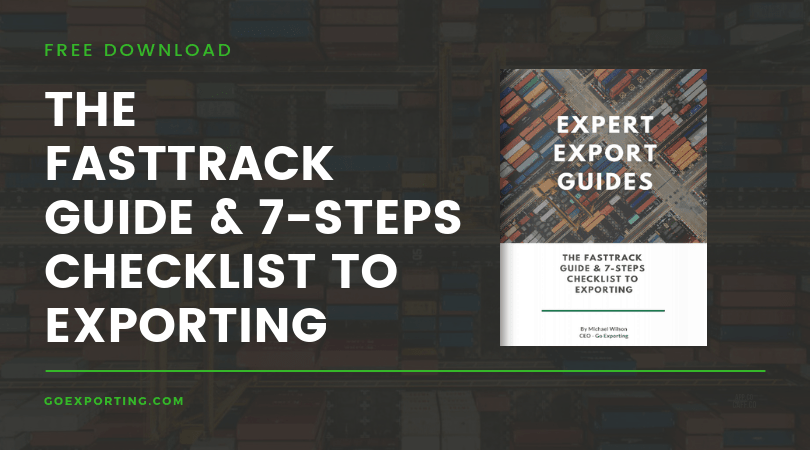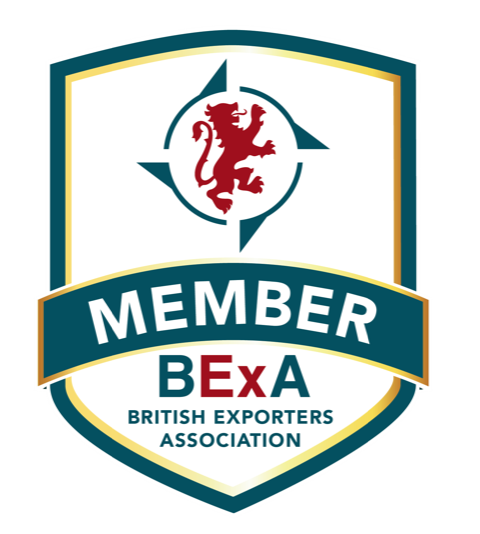Direct-to-consumer brands are killing it right now. More creative, marketing powerhouses with often a singular, awesome product to sell have started flooded the marketplace.
And where’s the first place we often hear about these brands? That’s right, social media. Who knew that buying a new mattress could be so exciting before Eve Sleep and other similar brands started popping up on our news feeds.
And it’s not just the promise of better sleep that’s drawing us in. Contact lenses, men’s razors and other offerings really existing in the ‘necessity’ band of products started flexing their creative and branding muscle to deliver intriguing consumer propositions.
They’ve cut out the middle man and it’s delivering products that people really WANT to buy, as opposed to having to buy.
But smaller newcomers to the game will lack one thing which the traditional retail model often provided – that experienced international middleman. The actual distributor and on-the-ground seller who could potentially buy their product, ship it overseas and sell it into a completely new market.
Indeed, the essence of a direct-to-consumer brand is that they’re pretty much entirely self-reliant. All sales traffic is directed to their own website over-relying on reseller sites or bigger online e-commerce names to take, stock and sells their product amongst thousands of others.
Read more: Managing multiple currencies whilst selling abroad
It helps maintain profit margins and brand authenticity. It helps keep RRPs down too, or in the very least offers a larger scope to offer enticing new-customer deals and apparent price cuts.
But what next for these renegade brands when they’ve conquered one market and want to begin expanding into the next? What can they do when country A is completely saturated but country B has been earmarked as a huge opportunity?
Direct-to-consumer digital marketing in the country native to the brand is a whole lot easier than taking the same product into a new, international territory.
Here are some considerations to get you started:
Is your USP a USP in the new market?
Just because your product rocks in one market, doesn’t mean it’s going to break the mould in another market. The product itself could already be extremely popular with a primary, well-recognised brand in control of the market. Take time to conduct market research before planning anything else.
Will you have to change consumer behaviour to make a foothold in the new market?
One of the most expensive marketing campaigns you can run is one that aims to challenge consumer behaviour and change it to one that’s more favourable to buying your product. In the UK, for example, selling mattresses online is more than acceptable. The UK spends more online than it does on the high street.
But in certain territories that are far less technologically developed and internet uptake is still growing, how are you going to acquire enough customers to justify exporting costs? The target populous could be huge – billions in-fact if looking at Indian or pan-Asian markets. But what proportion of that target market is online and trust e-commerce?
Does your marketing budget stretch far enough to really hit the ground running? And could realigning marketing budgets affect your bread and butter markets?
Your bread and butter budgets need to be protected. If it costs you £100,000 a year to maintain your current market position in your core marketplace, it would be unwise to syphon a proportion of that budget towards a new international territory entrance campaign.
Create and hoard a profit surplus and ensure it’s well stacked to fully commit to and successfully execute a sales and marketing drive in a new country.
How are you going to ship your products to the new customers on time and at a cost-effective level? Can you still offer free shipping? Will you need to set-up a new continental distribution base and if so, how much will this cost to set-up and run?
As Eve co-founder Kuba Wieczorek points out; “Every month there’s someone and they last maybe three months because they’re not able to produce an amazing product and get it to consumers in three days.”
“That whole back end is so mega important that if you don’t get it right you’re screwed.”
Are there rules and regulations on the product you’re shipping, and how do those regulations differ across various international borders?
Major trading blocks are often tariff and regulation free. If your business exists within the EU, for example, you should easily be able to start selling and shipping your products to other Single Market member territories hassle-free. But what about further afield? What are the product regulations in China? Or America? Or even in the UK after Brexit?
Also consider your entire product collateral and how packaging, instructions and warning labels will all need to be translated to the new native consumer.
Read more: Three things to consider when marketing abroad
Take time to thoroughly research your new target territory, and don’t enter the market on hearsay of growing product interest or potential massive scope. But most importantly, don’t let the nitty-gritty of exporting products and shipping worldwide hold you back once you hit the go-live button in that new marketplace.
Get the right advice and formulate the correct plan at the very start and your journey into international markets will be faster and result in fewer headaches too. See how our export consultancy could help your business today and for the future.









